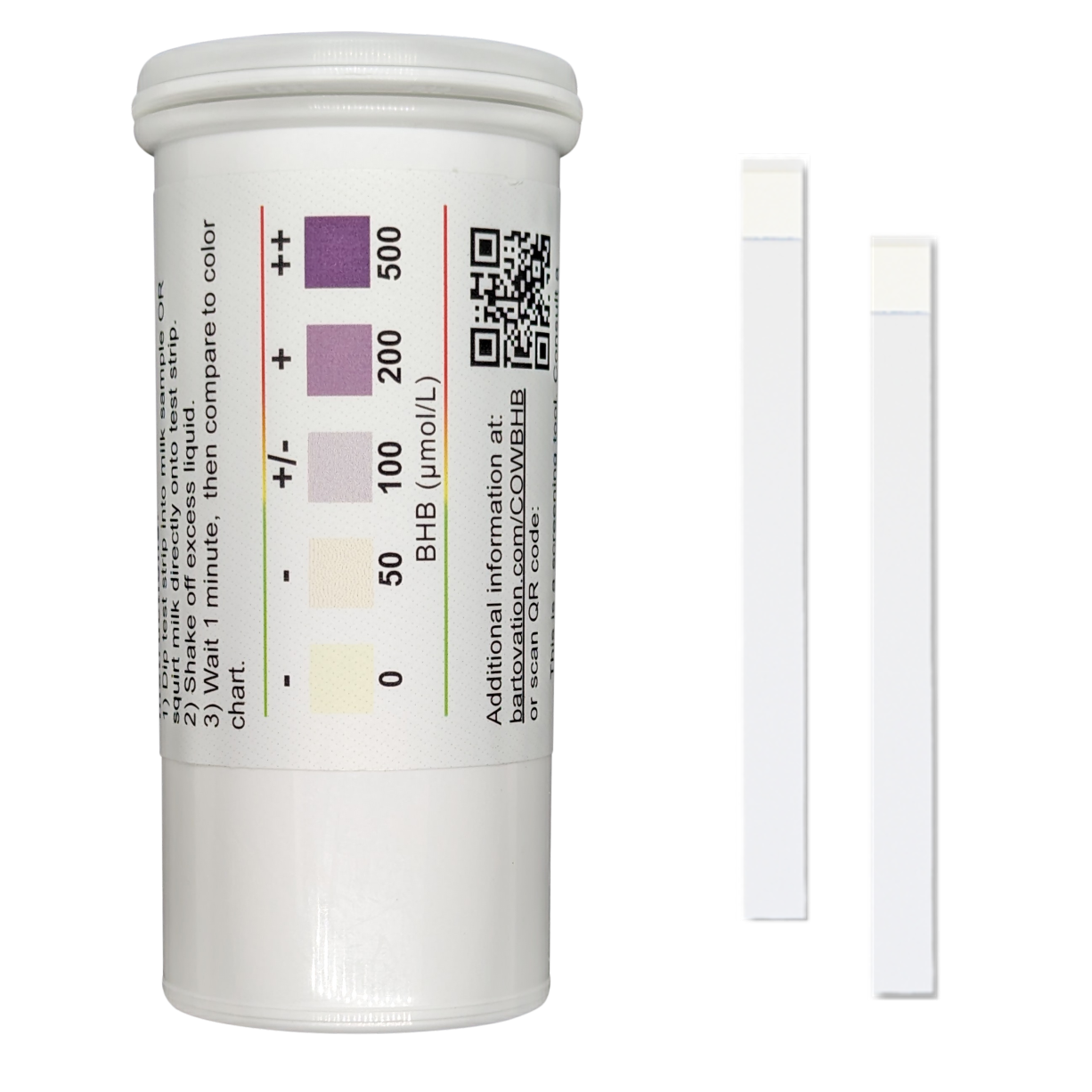Importance of Early Detection
The focus of any herd health program should be the early detection of sick fresh cows. More than 35% of dairy cows experience at least one clinical infectious disease or metabolic disorder within the first 90 days post-calving. Among these disorders, ketosis is the most prevalent and can be costly, with cases reaching up to $289 per cow (McArt et al., 2015). Clinical and subclinical ketosis commonly occur between 5 and 30 days post-calving, making early detection essential for effective management and prevention of further complications. Clinical ketosis can lead to milk losses, feed cost increases, postpartum diseases, replacement costs, and premature culling.
Understanding Ketosis
Ketosis is a metabolic disorder that typically arises within the first two weeks after calving. It occurs when a cow experiences a negative energy balance—either due to inadequate energy intake or reduced feed consumption—forcing her body to break down fat reserves to meet energy demands.
Risk Factors for Ketosis
Cows with excessive fat reserves (body condition score >3.75) are at a higher risk of ketosis. Other risk factors include:
- Reduced feed intake due to limited bunk space or illness
- Infections such as mastitis, metritis, or lameness
Symptoms of Ketosis
Clinical ketosis presents with visible symptoms, including:
- Loss of appetite
- Decreased milk production
- Rapid weight loss
- Acetone-like odor in breath and urine
- Neurological symptoms in severe cases
Subclinical ketosis, which affects 80–90% of ketosis cases, has no outward symptoms and can only be detected through testing. The Bartovation Milk BHB test for dairy cows and blood tests can be used to screen for subclinical ketosis.
Methods of Ketosis Testing
1. Urine Testing (Dipstick Tests)
Urine tests detect acetoacetate and acetone ketone bodies. The cow is induced to urinate, and a test strip is placed mid-stream to collect a sample. The strip changes color within 5–10 seconds, indicating the presence of ketones.
Pros: Low-cost, easy to use
Cons: Requires urine collection, requires careful timing to avoid false positives
2. Blood Testing
Blood tests measure β-hydroxybutyrate (BHBA), the predominant ketone in dairy cows. A blood sample is drawn from under the cow’s tail, placed on a test strip, and inserted into a meter for analysis. These tests are useful for monitoring subclinical ketosis.
Pros: High accuracy and precision
Cons: More expensive, requires blood sampling which is more invasive and requires tie down to safely administer test
3. Milk Testing
Milk ketone tests can measure acetone, acetoacetate, or BHBA in milk. These tests are useful for monitoring subclinical ketosis. The Bartovation BHB Test is an example of this. It is a specialized test for milk BHBA, designed for on-farm detection of subclinical ketosis.
Pros: Non-invasive, easy to integrate into routine milking, and requires no refrigeration
Cons: Slightly more costly than urine tests, one minute reaction time
Choosing the Right Test
While laboratory tests provide the most accurate diagnosis, on-farm testing methods are practical and cost-effective. Determining the best test for each farmer depends on ease of use, cost, and herd management preferences. With any metabolic issue, prevention is less costly than treatment and production losses. Just because she has no symptoms does not mean it is not impacting production, that is why it is important to find a subclinical test that works for you and can be easily integrated into your farming practices.

Cows Milk BHB Subclinical Ketosis Test
- Cowside subclinical ketosis screening allows for early detection
- Prevention is less costly than treatment and production losses No tie down or blood draw required
- Results in 1 minute
- No refrigeration required & long shelf life
- Trusted by farmers worldwide
